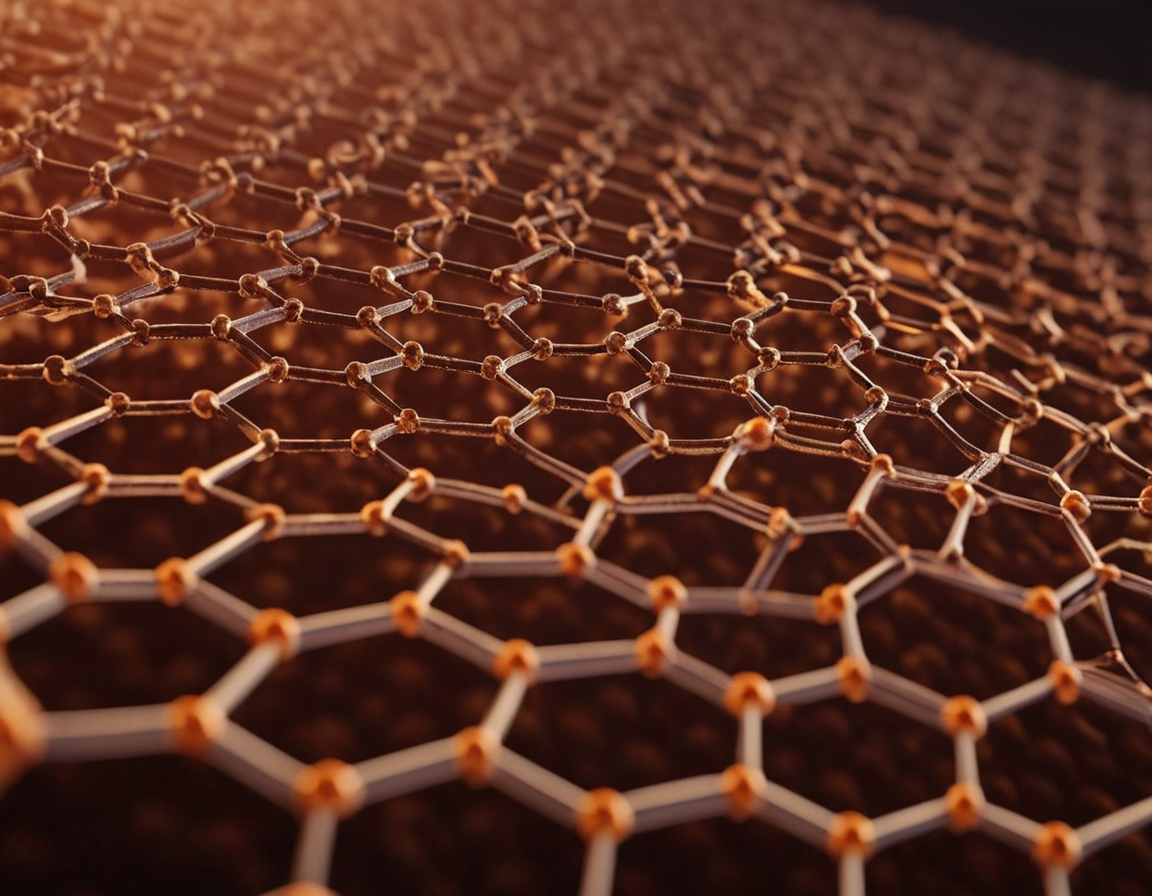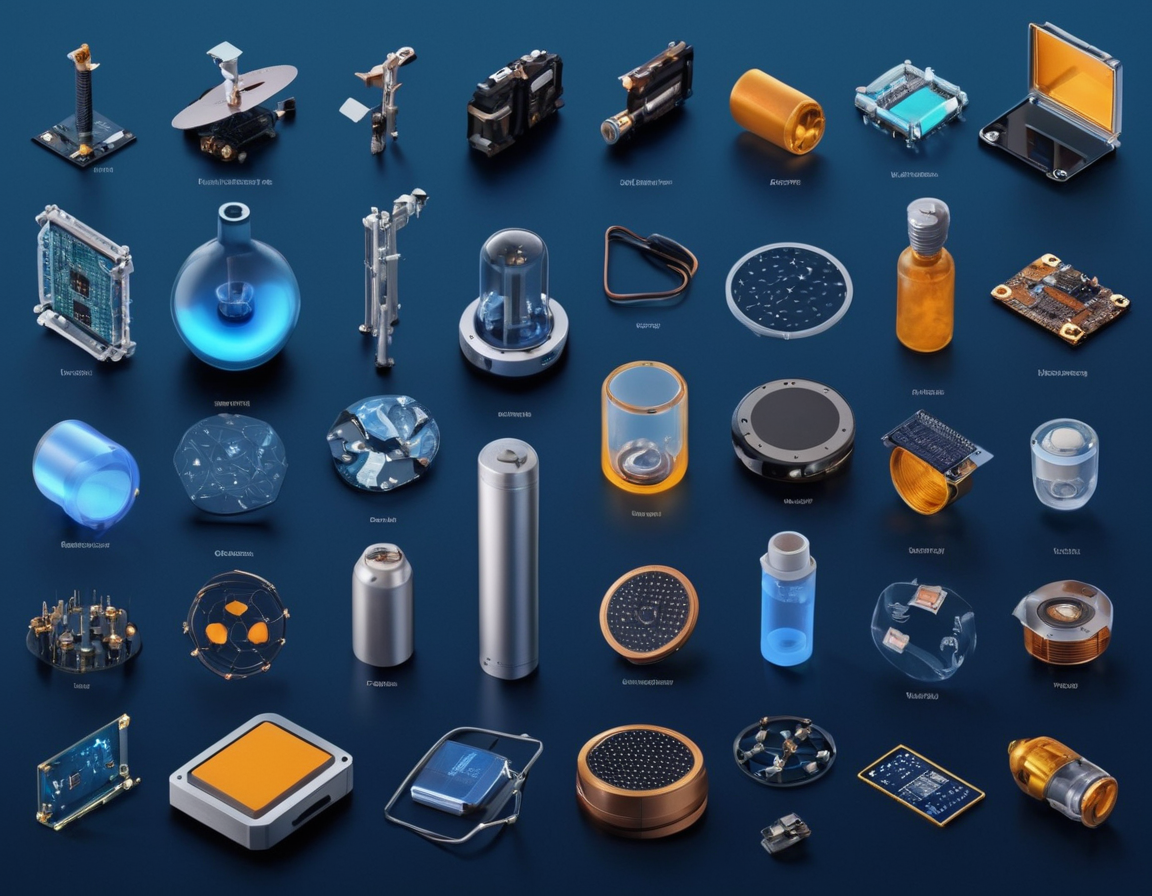Embracing the Future: The Revolutionary Potential of Graphene
Unveiling Graphene: The Material of Tomorrow
Imagine a material so versatile that it could revolutionize industries across the board, from electronics to medicine and beyond. Enter graphene: the one-atom-thick wonder material derived from graphite. Its discovery not only earned the Nobel Prize in Physics in 2010 but continues to capture the imagination of scientists and entrepreneurs alike. Let’s explore the world of graphene and its potential to reshape our future.
What is Graphene?

Graphene is a form of carbon in which the atoms are arranged in a flat honeycomb lattice, resembling a microscopic chicken wire made entirely of carbon atoms. This arrangement grants graphene a unique set of properties that are unmatched by any other known material. It is incredibly strong, exceedingly thin, and surprisingly flexible. Furthermore, graphene conducts electricity better than copper, conducts heat better than any other known material, and is nearly transparent.
The Birth of Graphene
Graphene was first isolated in 2004 by professors Andre Geim and Konstantin Novoselov at the University of Manchester. Using a remarkably simple method known as micromechanical cleavage or the ‘scotch tape technique’, they extracted graphene layers from graphite, the material found in common pencils. This groundbreaking work won them the aforementioned Nobel Prize.
Graphene’s Superlative Properties
Known as a ‘miracle material’, graphene is about 200 times stronger than steel by weight, incredibly lightweight, and flexible enough to be bent, twisted, and stretched without breaking. Its electrical and thermal properties have major implications for everything from computer chips to batteries, and even transparent touch screens.
Applications of Graphene

- Electronics: Graphene’s excellent electrical conductivity could mean faster, thinner, and more flexible electronics, including smartphones, tablets, and wearable technology.
- Energy Storage: Graphene-based batteries and supercapacitors have the potential to charge much faster and hold more capacity than traditional ones.
- Medical Field: In biotechnology, graphene can be used for drug delivery systems and advanced biosensors.
- Aerospace Industry: Its high strength-to-weight ratio makes it ideal for lighter, more fuel-efficient aircrafts.
Challenges and Future Research
The production of high-quality graphene at a commercial scale is still one of the main challenges. Current methods of production, like chemical vapor deposition, are expensive and complex. Moreover, researchers are investigating the ecological impacts and potential toxicity of graphene, ensuring its applications are safe for the environment and public health.
Conclusion
The future of graphene is incredibly bright, with ongoing research aiming to harness its full potential. With every discovery, we get closer to a new era of technology where graphene plays a central role in developing faster, stronger, and more efficient products, forever changing how we live and interact with the world around us.
Are you ready to witness the rise of graphene in the technology of tomorrow? Share your thoughts with us in the comments below!
Connect with the Future Today
Subscribe to our newsletter to stay updated on the latest developments in graphene technology and other innovations shaping our future!






